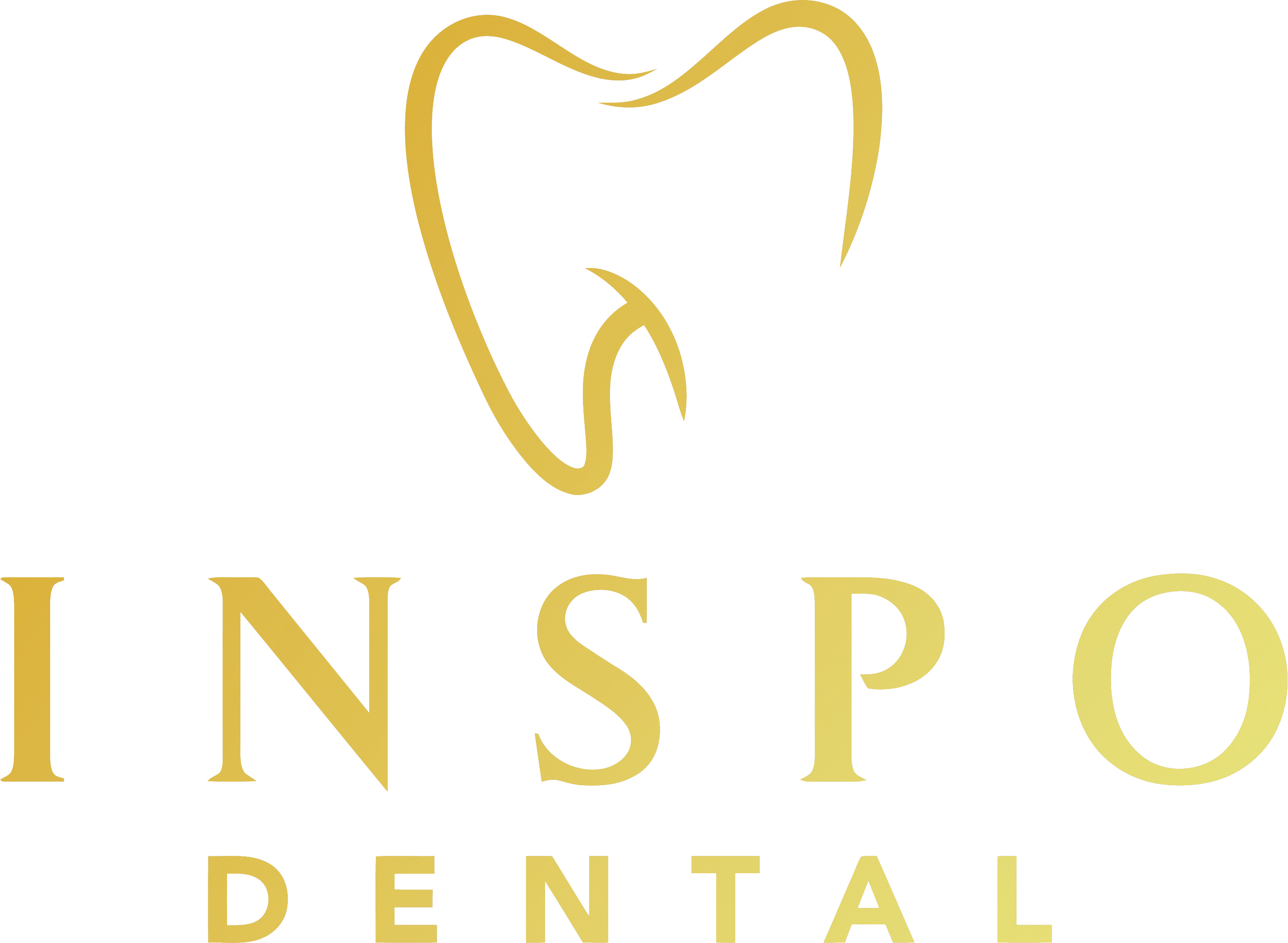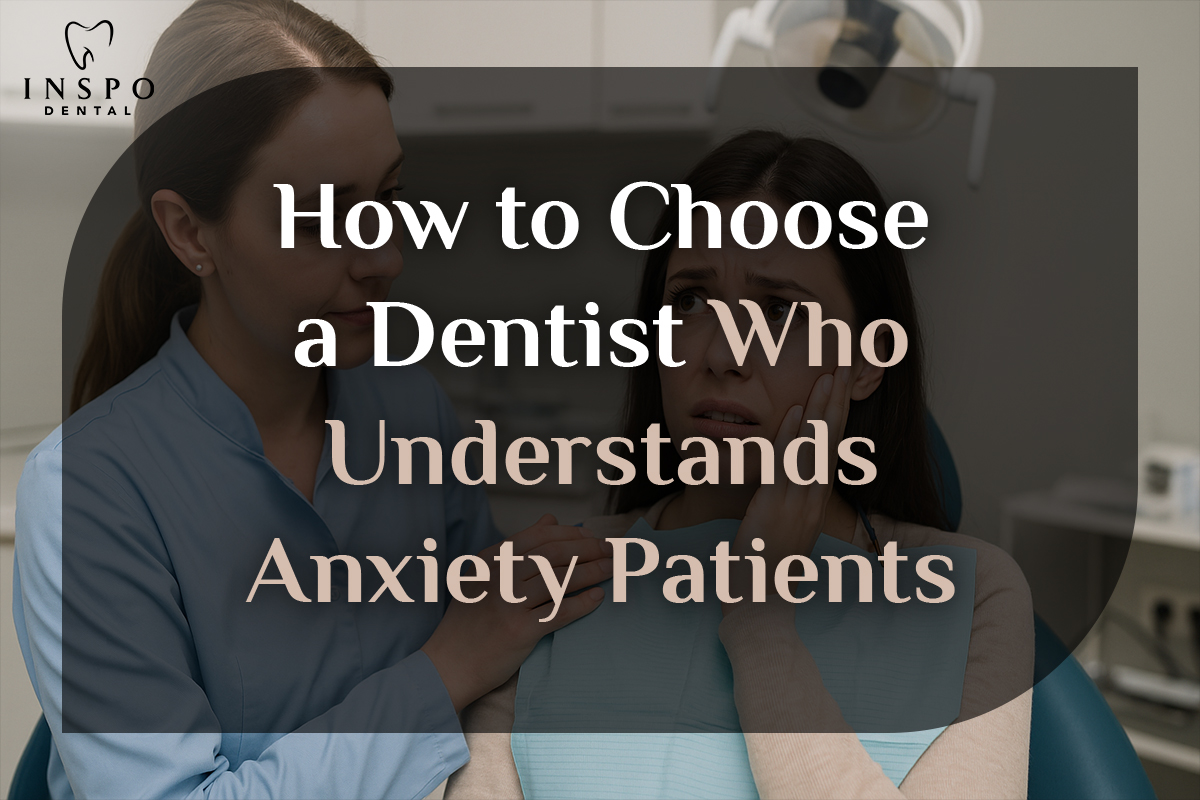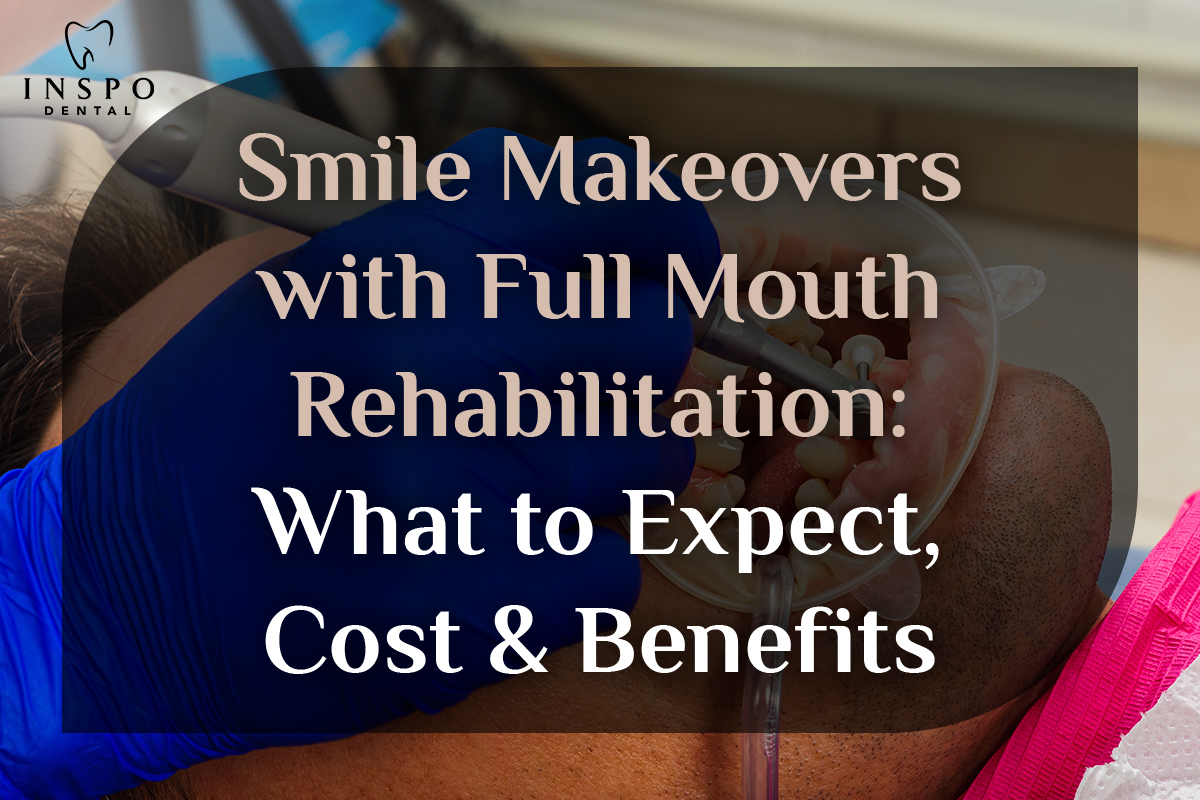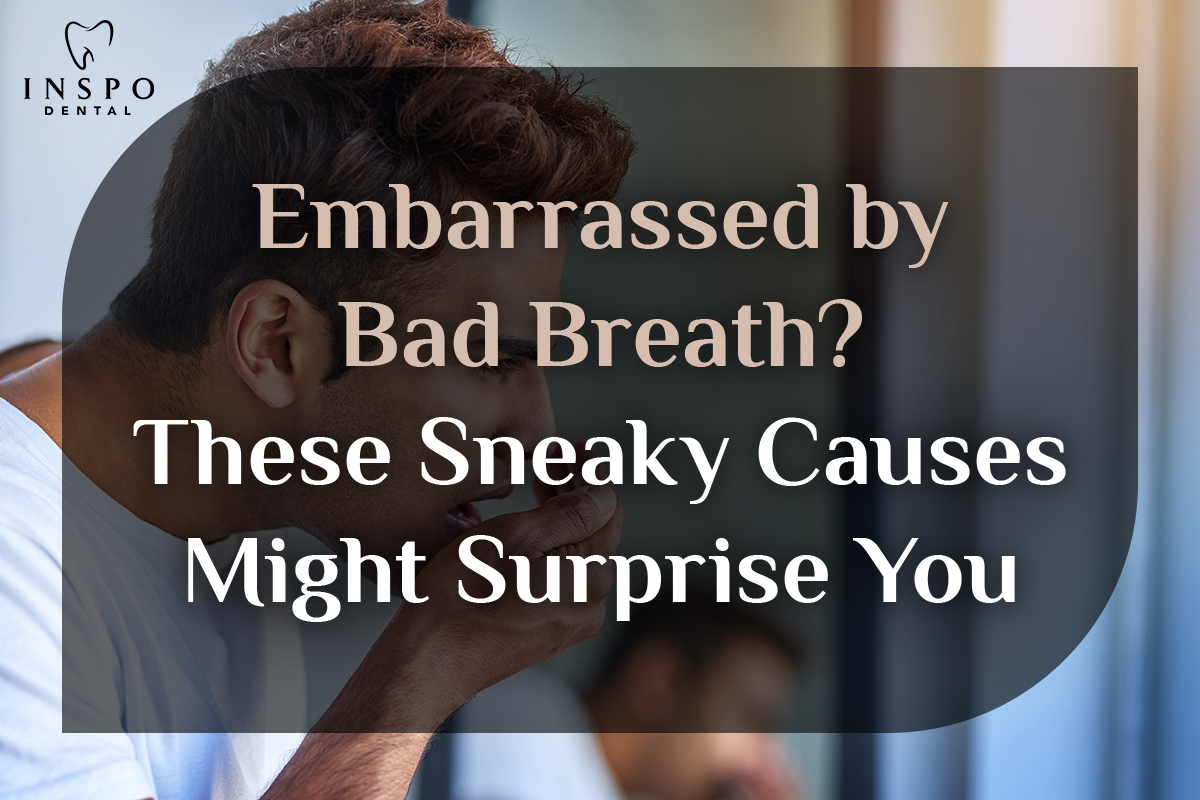
Let’s be honest—nobody enjoys the screeching sound of a dental drill. That high-pitched whirr and the vibration alone can trigger anxiety in even the bravest of patients. For decades, this intimidating tool has been one of the main reasons why people delay or avoid dental visits altogether. The fear of the drill, often combined with worries about pain and discomfort, has created a significant barrier to regular dental care for millions of people worldwide. This avoidance can lead to worsening oral health problems that could have been easily prevented or treated if caught early.
Now, dentistry has evolved. Thanks to advances in technology and a growing understanding of patient comfort, the field has introduced innovative alternatives that eliminate the need for the traditional drill. These new methods are not only gentler but also more precise and effective, changing the way dental care is delivered.
Drill-less dentistry is transforming oral care with modern technologies like air abrasion, laser dentistry, and atraumatic restorative treatment (ART). These approaches reduce discomfort, improve precision, and provide a more relaxing, even pleasant, patient experience. Patients who once dreaded dental visits now find themselves looking forward to appointments that feel more like a spa treatment than a medical procedure.
By removing the drill from the equation, dentists can focus on preserving as much of the natural tooth structure as possible, leading to better long-term outcomes. This shift is not just about comfort—it’s about a fundamental change in philosophy toward minimally invasive, patient-centered care. The evolution of dental technology reflects a broader trend in healthcare that prioritizes prevention, precision, and patient well-being.

One of the greatest advantages of drill-less techniques is the reduced or eliminated need for anesthesia. Traditional tools require numbing injections to deal with the discomfort caused by vibration and pressure. Drill-less methods, by contrast, are so gentle and precise that many treatments don’t require any numbing at all.
This is a game-changer for many patients. The fear of needles is a common phobia, especially among children and those with dental anxiety. Avoiding anesthesia injections means fewer tears, less stress, and a smoother dental experience overall. Additionally, some patients have medical conditions or allergies that make anesthesia risky or contraindicated. Drill-less dentistry opens the door for these individuals to receive necessary care safely.
Who benefits the most?


For busy professionals, the absence of anesthesia means they can return to work or daily activities immediately after their appointment without the typical numbness that can interfere with speaking, eating, or drinking. This convenience reduces the disruption dental care can cause in a hectic schedule.
For children, avoiding anesthesia injections can transform dental visits from traumatic experiences into positive ones, fostering a lifelong habit of regular dental care. Parents also appreciate the ease of appointments without the added worry of managing anesthesia side effects.
Furthermore, eliminating anesthesia reduces the risk of complications such as allergic reactions, prolonged numbness, or accidental biting injuries caused by numb lips or cheeks. Patients with certain health conditions—such as heart problems, bleeding disorders, or neurological issues—often face additional risks with anesthesia. Drill-less dentistry provides a safer alternative that accommodates these special needs.

Dental anxiety isn’t always about pain—sometimes it’s about noise. That sharp, piercing whine of a traditional dental drill triggers discomfort before the procedure even begins. The sound alone can make patients tense, clench their jaws, or even panic.
With drill-less dentistry, the tools are either silent or emit a soft hum. Lasers, for instance, are often completely quiet. This creates a more soothing, spa-like environment—especially for those with sensory sensitivity or PTSD. The absence of loud, jarring noises allows patients to relax, reducing stress hormones and making the procedure more tolerable.
For patients with sensory processing disorders, autism spectrum conditions, or PTSD, the noise of a traditional drill can be overwhelming and even retraumatizing. Drill-less dentistry offers a gentle alternative that respects these sensitivities and promotes healing in a calm environment.
Many patients report feeling more at ease and less fearful when the dental office atmosphere is quiet and peaceful. This improved experience can lead to better cooperation during treatment and a more positive overall attitude toward oral health.
In addition, the quiet environment allows dentists and hygienists to communicate more effectively with patients during procedures, explaining each step calmly and reassuringly, which further reduces anxiety.

Traditional drilling can be aggressive. It often removes healthy tooth structure to access decayed portions or to make room for a restoration. Drill-less tools are much more selective.



This preservation maintains natural strength and reduces the need for crowns or root canals later in life. By focusing solely on affected areas, drill-less methods ensure that teeth retain their original integrity as much as possible.
Moreover, preserving healthy enamel contributes to better long-term oral health outcomes. Enamel is irreplaceable once lost; thus, these minimally invasive techniques protect one of the tooth’s most vital layers.
The selective removal of decay also means that the tooth’s natural defenses remain intact, reducing sensitivity and the likelihood of further damage. This approach aligns with modern dentistry’s emphasis on prevention and conservation rather than aggressive intervention.
By preserving more of the natural tooth, patients maintain stronger, healthier teeth that function better and last longer. This can delay or eliminate the need for more complex and costly procedures in the future.
Additionally, conserving tooth structure supports better aesthetics. Teeth that retain their natural shape and size look more attractive and feel more comfortable when biting or chewing.

Because drill-less methods minimize trauma to your teeth and gums, recovery is quicker and less painful. There’s less bleeding, less swelling, and typically no soreness after the procedure.



This faster recovery time is especially beneficial for individuals who need urgent dental care but cannot afford extended downtime due to work or personal responsibilities.
Patients often report feeling normal immediately after treatment, without the discomfort or awkwardness associated with traditional drilling and anesthesia. This means no missed meals or social engagements and a quicker return to everyday life.
The reduced trauma also means that the gums and surrounding tissues heal more rapidly, lowering the risk of infection and complications. This is particularly important for patients with compromised immune systems or chronic health conditions.
Quicker recovery also reduces the need for pain medications, which can have side effects or interact with other medications patients may be taking. This contributes to a safer, more comfortable healing process.

Let’s face it—kids aren’t exactly eager to visit the dentist. But drill-less dentistry is changing that narrative:



For parents, that means fewer meltdowns and easier appointments. For kids, it builds a positive lifelong relationship with oral care.
Children treated with gentle techniques are less likely to develop dental phobia as they grow older. This positive association encourages them to prioritize oral hygiene throughout their lives.
Moreover, the absence of pain and fear during dental visits helps children develop trust in their dental providers. This trust is crucial for ongoing preventive care and early intervention, which are key to maintaining healthy teeth and gums.
Parents also appreciate that drill-less dentistry often involves shorter appointments, making it easier to fit dental visits into busy family schedules.
Furthermore, children who experience positive dental visits are more likely to adopt good oral hygiene habits at home, reducing the risk of cavities and gum disease.

Comfort is no longer a luxury in dentistry—it’s the standard. Drill-less techniques don’t just make procedures quicker; they make them more pleasant:



Patients often say it feels more like a gentle cleaning than a procedure.
This focus on comfort extends to every aspect of the dental visit, from the welcoming office environment to the personalized care patients receive. Many clinics offering drill-less dentistry also incorporate calming amenities such as noise-cancelling headphones, aromatherapy, or soothing music to enhance relaxation.
The reduction in physical discomfort and psychological stress helps patients maintain regular dental visits, which is essential for preventing serious oral health problems.

Here’s a look at the cutting-edge tools behind this gentle revolution:

A fine stream of particles “blasts” away decay—it’s like sandblasting but painless:


Air abrasion uses a high-pressure stream of tiny abrasive particles (usually aluminum oxide) to remove decayed tooth material without heat, vibration, or pressure. This method is especially effective for treating early-stage cavities and removing superficial stains.
Because it doesn’t generate heat or cause vibration, air abrasion is much less likely to cause discomfort or require anesthesia. It also preserves more healthy tooth structure compared to traditional drilling.

Lasers can cut soft or hard tissue with pinpoint precision:



Laser dentistry uses focused light energy to remove decay, reshape gums, or prepare teeth for restorations. The precision of lasers allows dentists to target only the affected areas while leaving surrounding tissues unharmed.
Laser procedures often result in less bleeding and swelling, reducing the need for sutures and speeding up healing times. They are also highly effective for treating gum disease, performing biopsies, and even teeth whitening.

Low-tech but effective—this method uses only hand tools:



ART involves manually removing decayed tissue with hand instruments and then filling the cavity with a glass ionomer material that releases fluoride to protect the tooth. This technique is simple, affordable, and can be performed without electricity or complex equipment.
ART is particularly valuable in community health settings, rural areas, or for patients who cannot tolerate traditional dental tools.

Drill-less dentistry is especially beneficial for:






Each group gains unique advantages from these innovative methods. For seniors, for example, drill-less dentistry reduces discomfort and the risk of complications from anesthesia, which can be particularly important given age-related health concerns.

“Inspo Dental exceeded my expectations! I now smile with newfound confidence.” — Sarah T.
“I value precision and expertise. Their laser dentistry was painless and fast.” — Dr. M. Rodriguez
“My kids used to fear the dentist. Now they actually look forward to going!” — Emily J.
“Clear aligners, no drills, and spa-like service—game changer.” — John W.
These testimonials highlight how drill-less dentistry transforms patient experiences across demographics. Patients consistently praise the gentle approach, the professionalism of the staff, and the overall positive atmosphere.

|
Feature |
Traditional Dentistry |
Drill-Less Dentistry |
|
Noise |
High-pitched, jarring |
Quiet or silent |
|
Anesthesia |
Often required |
Rarely needed |
|
Invasiveness |
High |
Minimal |
|
Recovery |
Slower |
Faster |
|
Patient Comfort |
Moderate |
Very high |
This comparison underscores why drill-less methods are becoming increasingly popular. The reduced invasiveness and enhanced comfort are especially appealing to those who have previously avoided dental care due to fear or bad experiences.

Drill-less methods also benefit the environment:



It’s a step toward greener dental practices—a priority in today’s eco-conscious world.
Traditional drills generate aerosols that can spread bacteria and viruses, requiring extensive sterilization and air filtration systems. Drill-less techniques minimize aerosol production, making the dental office safer for patients and staff.
Lower power consumption and reduced water use also contribute to sustainability goals, reducing the carbon footprint of dental practices.

While the upfront investment in equipment is higher for clinics offering drill-less dentistry, patients often save money over time:



Preventing invasive procedures translates into substantial savings in both time and money.
By preserving more natural tooth structure, drill-less dentistry reduces the likelihood of needing expensive crowns, root canals, or extractions in the future. This proactive approach to care is both economically and medically advantageous.

The gentleness and precision of drill-less tools protect:



Fewer complications lead to healthier mouths over time—a win-win scenario for both dentists and patients.
Patients who receive conservative, minimally invasive care often experience fewer dental problems later in life, maintaining natural teeth longer and avoiding complex restorative work.

Last-minute filling? Chipped tooth before a wedding? Drill-less tools make walk-in or same-day treatment quick and easy:



This convenience is invaluable during emergencies when time is of the essence. Patients can receive effective treatment without the stress and discomfort traditionally associated with urgent dental care.

Pediatric dentistry focuses on prevention and positivity:



Building trust early ensures lifelong oral health habits.
Children who have positive dental experiences are more likely to maintain regular checkups and good oral hygiene practices, reducing the risk of cavities and gum disease.

Inspo Dental in Red Bank, NJ brings technology and comfort together:



From the moment you walk in, you’ll notice the difference. The team at Inspo Dental prioritizes patient comfort and uses the latest drill-less technologies to provide gentle, effective care tailored to your needs.

Drill-less dentistry isn’t just about avoiding pain—it’s about changing the entire experience of dental care:




It’s not just a trend—it’s shaping the future of oral health care. By embracing these innovations, dental professionals can offer care that respects patient comfort, preserves natural teeth, and promotes overall well-being.



Experience dentistry without fear—and without drills—for better care!
